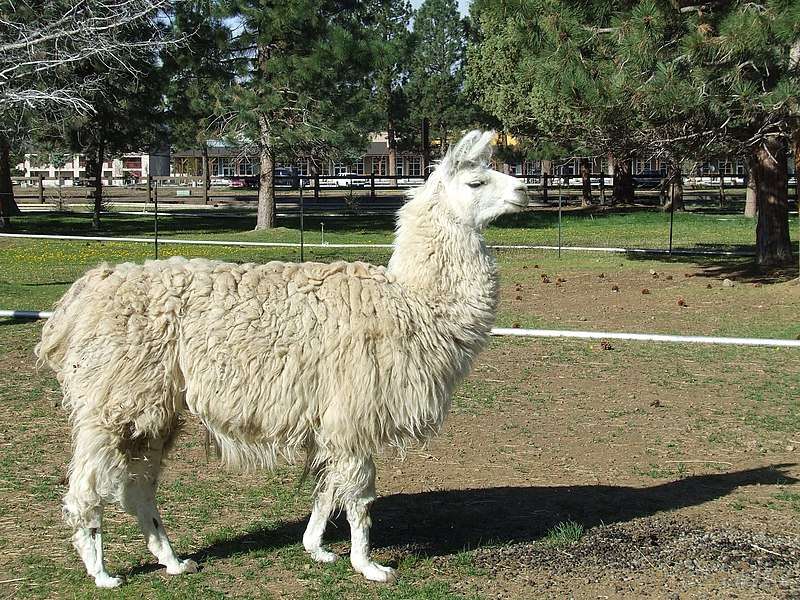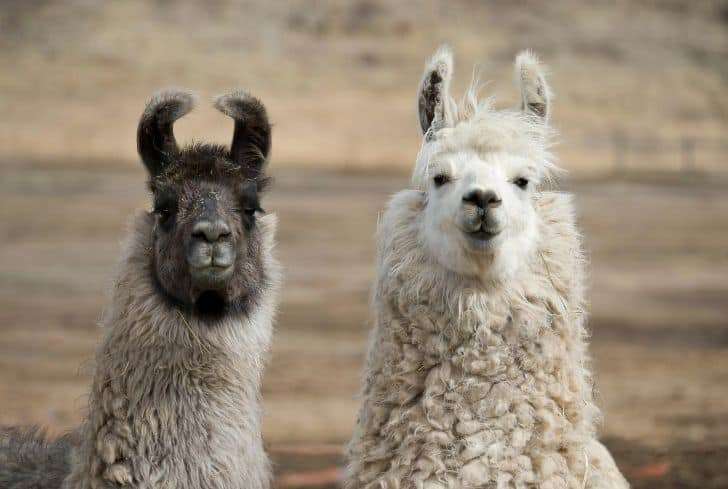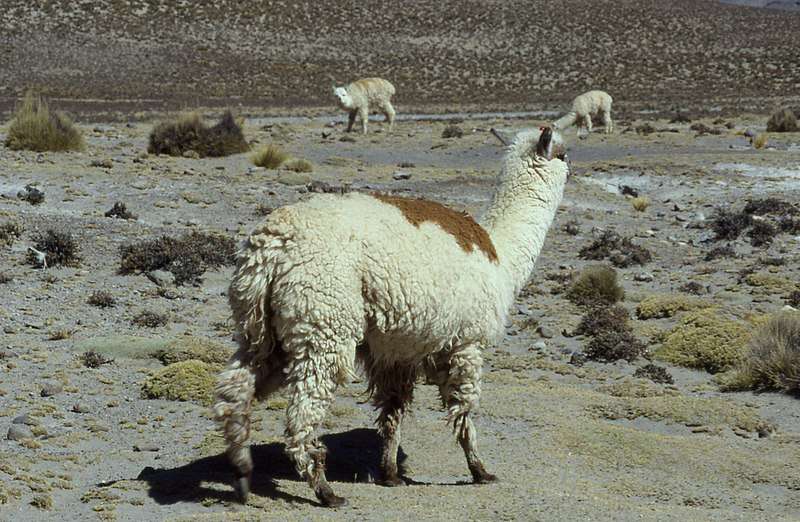
Description:
The distinctively long, double-coated fleece, fine undercoat, and superb appearance of traditional llamas are well known. The word “classic” in their name itself alludes to their exquisite coat. The Classic llama is a large-framed, long-legged llama with profuse guard hair covering its entire body. It is taller and larger than other llama species.
Traditional llamas are large-bodied creatures with long, double-coated hair on their fleece that gives them a saddle-like look. Examine the ears since they are a giveaway if you want to tell the Classic llama from other llama kinds. The typical spear-shaped tip is absent from the Traditional Llamas’ ears. Traditional llamas have sharper hooves than other varieties.

Behavior:
They are typically peaceful and polite. In fact, due to their mild and docile temperament, llamas are frequently used in petting zoos. These llamas are tough, powerful, and versatile. Although they often inhabit mountainous areas, they could nevertheless thrive in an urban farm environment. They are accustomed to enduring a variety of temperatures and weather.
Since their wool keeps them warm, traditional llamas can weather the harsh northern winters. Traditional llamas would be content to live in warm, muggy conditions if given proper care. Simply use various cooling procedures on them, or shear them ahead, to prepare for the hot season.
Benefits/Uses:
This particular llama breed is prized for its wool. It becomes less dense, even sparse, when the undercoat and double-coated fleece are combed away. In some areas, these enormous llamas are employed for transportation.
Origin/History:
The type of coat or fleece does not decide whether a llama is considered classic or not, regardless of the individual or its progenitors. Although many (but not all) imported llamas have been fleeced, some have been phenotypically classic, and undoubtedly some very beautiful classic llamas in North America do have an ancestor that was brought over from South America recently.
There are some traditional llama breeders that decide not to breed any llamas with recent imports in their pedigree, and there are at least as many who have purposefully included one or more recent imports or progeny of recent imports in their breeding programme for a variety of reasons.
Table





